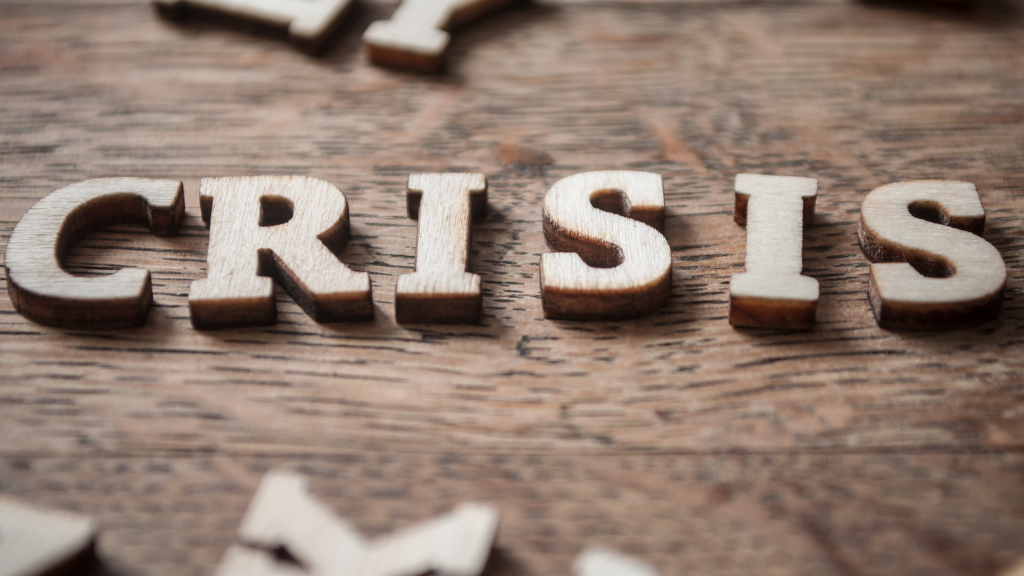
Nonprofits and nonprofit board members, alike, would be wise to heed this advice to manage and survive a crisis. The following excerpts from What Boards Can Do to Prepare for Crises, featured in the Harvard Business Review, underscore the importance of crisis planning.
Complex, fast-moving threats to organizations can happen at any time. Disruptions from severe weather events, to cyber-attacks, to active shooter incidents can strike from outside, and there is no shortage of self-inflicted internal jeopardies, whether the act of a rogue individual or a toxic culture, that can also wreak havoc. Witness the scandals at Boeing, Peudue Pharma, and Facebook among others as well as the many #MeToo incidents of sexual harassment.
Yet, according to recent research by the National Association of Corporate Directors, almost half of respondents reported that their focus on known risks was a barrier to understanding and preparing for threats that are hard – or impossible – to predict. Furthermore, fewer than 20 percent of respondents felt confident that management could handle such risks.
When companies seem ill-prepared in the face of a crisis, the first question people ask typically is, “Where was top management?” It is quickly followed by, “Where was the board?” particularly when the problem involves the CEO or another senior executive.
Ideally, boards should dedicate a block time each year to better understand and prepare for major threats to the business. This should be considered integral to their fiduciary duty to represent the shareholders who inevitably will pay for the consequences of a poorly handled disruption. But given that most board agendas are already packed more tightly than a subway car at rush hour, attention to crisis preparedness tends not to get much attention. Often, it is only after the fact, when a board is consumed with repercussions it could have ameliorated, that preparing for a crisis suddenly seems important.
… we divide crises into two phases: The event itself, and the response to it. Most stakeholders – customers, investors, employees – are sympathetic when a company is hit by a hard-to-avoid disaster; they are less forgiving if the response is poor or panicked; if measures that could have been taken beforehand to mitigate effects were ignored; or if leadership downplays the impact of the situation. There is little patience or sympathy for an avoidable disaster within a disaster.
Read the article in its entirety at hbr.org.








Leave A Comment